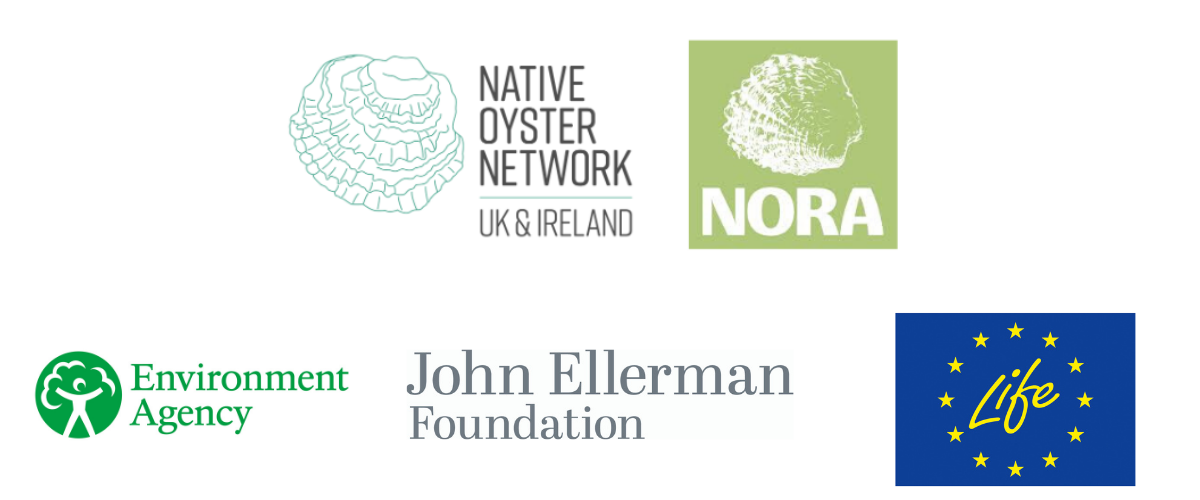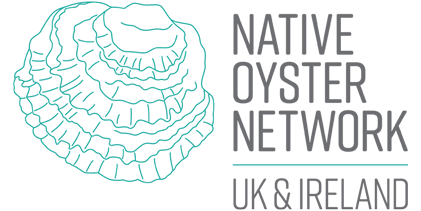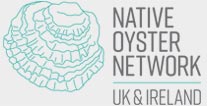The European Native Oyster Habitat Restoration Handbook- UK and Ireland is the ultimate “how to” guide to native oyster restoration in the UK and Ireland. The result of a collaborative effort across the Native Oyster Network- UK and Ireland, drawing on the recent steep learning curves of existing projects across the UK and Ireland and, through the NORA network, the European continent.
The European Native Oyster Habitat Restoration Handbook- UK and Ireland has been written as an Ostrea edulis specific annex to the “Global Restoration Guidelines for Shellfish Reefs” (Fitzsimons et al. 2019), providing a detailed overview of information relevant to the restoration of the European native oyster, whilst adhering to international standards of ecological restoration. This handbook aims to be accessible for both small scale, feasibility projects, as well as larger, more established projects, providing access to the knowledge captured within the Networks. It covers an introduction into native oyster restoration, information about starting a restoration project, current methods of restoration in practice, biosecurity recommendations and an outline of how to effectively communicate a restoration project.
The European Native Oyster Habitat Restoration Handbook- UK and Ireland is a publication from the Native Oyster Network- UK and Ireland. It draws on the breadth of experience in native oyster restoration now present across the UK and Ireland to provide foundational and practical guidance on the restoration and conservation of native oysters and native oyster habitat. The guidance is also of relevance to projects across the native oyster’s biogeographic range, and experts from the NORA community have contributed to several chapters, with the chapter on biosecurity in oyster restoration representing a fully collaborative effort between the two networks.
The full handbook can be download here.
Acknowledgements
This publication has received funding from the John Ellerman Foundation, the Environment Agency and from the LIFE Programme of the European Union. This publication reflects the author’s view only. The European Commission is not responsible for any use that may be made of the information it contains.



